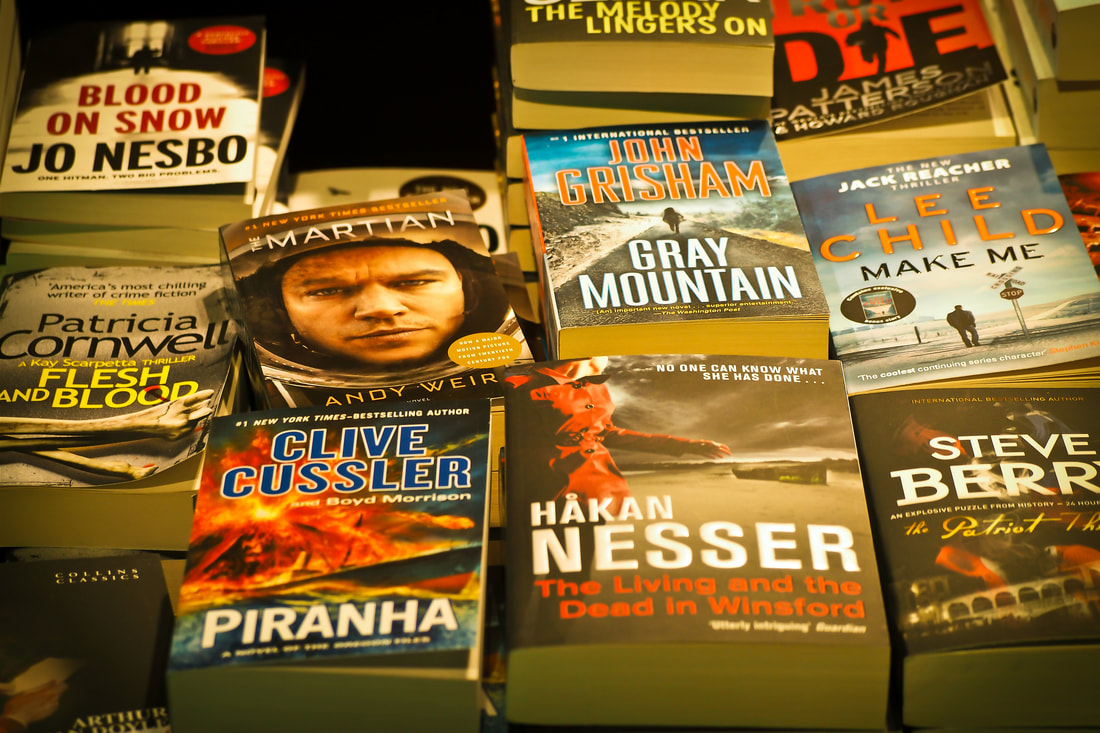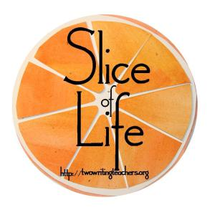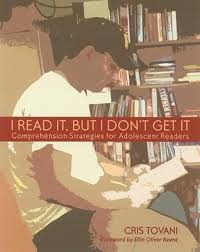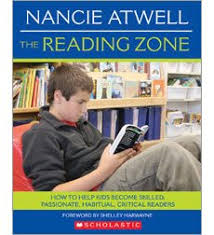 63 degrees when I woke up this morning Walked the dog Drank some coffee Read an old book I’d never read before Chatted with a neighbor... for too long. Teachers went back to school today. Not me 17 years A consultant now. Love my freedom! Freaked out by it... Should I still be sitting here reading and writing? On my own schedule... Ahhhh But not on a pay schedule... Ohhhh Another cup of coffee then I will paint the deck.
0 Comments
I was fortunate enough to teach at a school that supported and encouraged failure amongst its teachers. So when I pitched the idea that our 10th graders needed a reading class in addition to their English class and was given a $5,000 budget, I was only partially freaking out when it did not work.
Actually, I was covered in hives. But that motivated me to hit the books and talk with the kids to come up with something that was amazing. I will save you the pain of my failure and just get to my success! So after asking the kids what they wanted and after reading I Read It But I Don’t Get It by Chris Tovani and The Reading Zone by Nancy Atwell this is what we ended up with. Here is what it takes: Tons of books (you can procure these at thrift shops, yard sales and Donors Choose Projects) Tons of post its List of what good readers do List of what to do when I am stuck/lost Honesty about your reading habits Benchmarking system to produce data A healthy reading habit of your own Computers (optional) First- fill the classroom with books. Invite colleagues and students to bring books in. When you get a large batch of books-- pretend it is Christmas. I taught 6 classes/day. When a box of books came in from our Donors Choose Projects, I had to repack them 6 times so the next class thought they were opening the books. That’s how excited my students, inner city below reading level 10th graders, got when they got to dig through the books. Second-explain to the students the point of the class. Here are some key points I hit
Third- things to teach
Eventually when I returned to the English classroom, I was able to incorporate so much of this beauty into that class. Future blogs will highlight what I did there. We are sitting on my back deck drinking Prosecco… no, it is not too early for a cocktail, September is just around the corner and Tuesday afternoon blogging sessions will soon be less relaxing and more worky-worky. We just started our blog, so we still meet each time we are about to post...confidence in numbers I suppose. I have a small back yard that backs into a parking lot of a failing shopping center; my house makes a triangle with the hospital and the fire house so we are easily distracted by the sirens, my neighbor cutting her lawn, my dog barking at people dropping unwanted clothes at the thrift shop collection bins and my chickens clucking around. We check our Twitter...the pride we felt last week at our first 4 followers has diminished as we still have 4 followers. Then we see Slice of Life. Another distraction...a wanted one this time. We set to typing... then we will get to editing each other’s proposed post and another glass of Prosecco.
My mom was a stay at home mom. She cooked every night, came on field trips, volunteered as homeroom mom and watched my field hockey games even though I rarely played. She made brownies every first day of school, we stopped at the bookstore on the first day of vacation each year and she read me books each night. She hugged me every day, told me she loved me and that she thought I was the best of all my friends. She also yelled at me loudly when I did something wrong or that she had explicitly told me not to do. She slapped my face for back talking. She told me the truth even if it made me cry. She apologized when she was overreacting.
She was my first classroom management coach. Now- yelling and hitting students is obviously terrible. And not what I am suggesting or what I did. BUT- loving kids unconditionally, showing that love right after they have disappointed you, and apologizing to them when you mess up… those are the keys to running a classroom that oozes respect and community. However, it’s a hard thing to teach. My first year of coaching teachers I focused mainly on procedures, consistency and setting clear expectations and lines(so important and impossible to have a classroom conducive to learning without these). But I was noticing that still some teachers were having trouble in their classrooms. Students were off task, students were coming late and being disruptive. I am thinking of one specific teacher especially because he is the one who had highlighted for me how I had failed him. 3 years after I coached him we were talking about the amazing changes in his class, and he told me it took a while to get it. He was too focused on the rules and the consequences and was not responding to the students as humans. He was not behaving like an Italian mom! He approached management the way I taught him to: systematically. Systems are important. I still coach teachers to create them, articulate them, practice them and stick to them with the kids, but there is more to creating a classroom that thrives. And that is just being humans with the younger humans in your class. Teachers have to give consequences. They have to have rules. BUT teachers MUST also encourage students- especially after they’ve made a mistake. Teachers MUST remind students that consequences are natural and not personal. Teachers MUST apologize if they’ve wronged a child (and apologize publicly if you’ve wronged publicly). Teachers MUST, like my mom, show unconditionally love to all students even (possibly especially) when those students have misbehaved, acted disrespectfully and hurt your feelings. Teaching English in inner city North Philadelphia has probably taught me more than any college classroom. In fact, sometimes I fear that I have learned more from my students than they have from me. As an undergraduate, I dreamed of sitting in a circle in my inner city school (it wasn’t haphazardly that I ended up in the inner city, it was my goal) introducing the students to Thoreau and Wordsworth, discussing their impact on literature and society and pondering with the students how they are still relevant today. I quickly learned that in order to get students to that hippie circle they would have to learn to read and then learn to enjoy reading. And it was not as hard as it sounds! But first I had to fail miserably, fight a bout of stress induced hives, consult my students and read a few books! I mostly relied on my students’ opinions, Cris Tovani’s I Read It but I Don’t Get It and The Reading Zone by Nancy Atwell. What I learned and what I profess.
First off, let’s look at how people learn according to the National . While I did not know this when I was teaching reading, looking back it is clear that what good readers already do fits into the framework on how people learn: People learn by participating in 3 activities:
This is what good readers do. You must teach this skills to students. Give them guided practice and then individual practice for each skill. And talk about each of the experiences; metacognition is a huge part of the learning process. |
AuthorSKate Jaworski ArchivesCategories
All
|





 RSS Feed
RSS Feed
